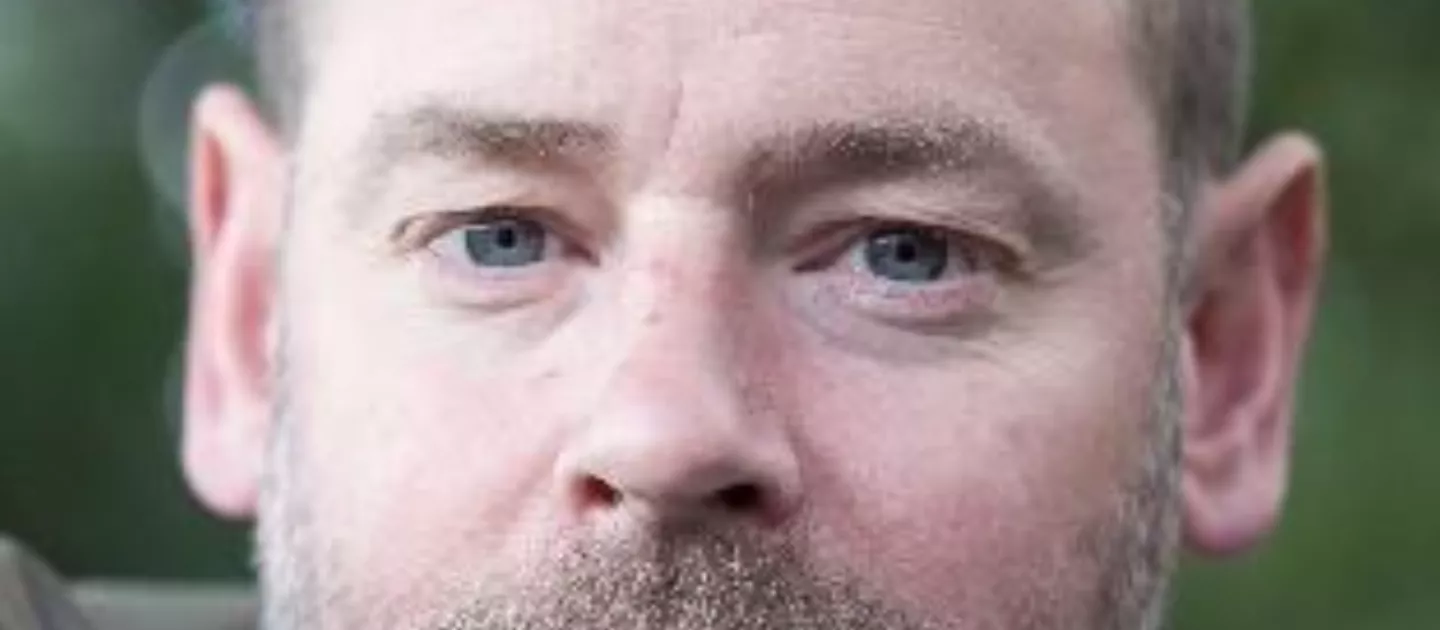
This lecture explores how models of care involving a critical (or queer ecocritical) distance can provide a different way of thinking for design. Based in the idea of life economies and a life drive, Tim will give examples ranging from the 1950s new town of Harlow in Essex to Jacques Tati’s influential film Mon Oncle.
Meeting link: Join now
Poster link: https://www.ul.ie/scieng/sites/scieng/files/user_media/Tim%20Waterman_Avuncular%20Architectures%2020210915.docx_.pdf
Abstract:
Sarah Ensor’s essay “Spinster Ecology: Rachel Carson, Sarah Orne Jewett, and Nonreproductive Futurity” (2012) sets out its initial argument as it examines the opposition between, on the one hand, a heteronormative expectation that people’s hopes for their futures are channelled through their offspring, and, on the other hand, turn-of-the-millennium queer theory, exemplified by Lee Edelman’s No Future: Queer Theory and the Death Drive (2004) which declines or resists futurity, seeking a jouissance that lives firmly in an endless present. The avuncular figure of the spinster, for Ensor, figures a model of “queer ecocritical practice” and a “model of care that allows distance, indirection, and aloofness to persist and that transforms the vexed concept of ‘enoughness’ from a chastening limitation to a quietly affirmative state”. This paper seeks to outline the relevance of this stance to the architectures and their practices, which, bound to capitalist ‘development’ narrowly pitched towards profit rather than fully elaborated development of humans, the more-than-human, and the emplaced life economies and ecologies within which all are embroiled. Cues for avuncular architectures of care are taken from such influential figures within architectural, cultural, and artistic discourse as Jacques Tati’s Monsieur Hulot, whose character in the film Mon Oncle (1958) queers the anarchic historic city and sweetly presents it as a “quietly affirmative state” in contrast to simplifying and technocratic modernist buildings, landscapes, and lifestyles. Hulot’s presence within architectural modernity is not one of threat, however, but a symbol of insurgent humanity. Thus, Hulot represents a life drive that is invigorated by its otherness and aloofness to act from a position of humane and more-than-human nonreproductive futurity through queer ecocritical modes of practice.
Bio:
Tim Waterman is Associate Professor of Landscape Theory at the Bartlett School of Architecture UCL. His research addresses imaginaries: moral, political, social, ecological, radical, and utopian. This forms the basis for explorations of power and democracy and their shaping of public space and public life; taste, etiquette, belief and ritual; and foodways in community and civic life and landscape. He is co- editor, with Jane Wolff and Ed Wall, of the recent collection Landscape Citizenships, and is author of the forthcoming The Landscape of Utopia: Writings on Everyday Life, Taste, Democracy, and Design.
